Inside the Guide: Creating Ancestor Timelines
During my experiences of learning about historical events in grade school, I can recall a common tool 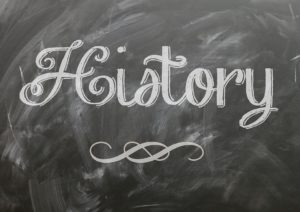 that the majority of my history teachers used to help us, as students understand a particular historical concept better. The commonly used tool was a timeline. A timeline was helpful for us as students because it provided us with a visual of the events that took place during a certain historical period, such as the American Revolutionary War. A timeline made it easy for us to note the beginning of the war, the important moments and battles that occurred, and when the war ended. Through the use of timelines, we were able to get the facts and dates straight and understand how one event leads to another.
that the majority of my history teachers used to help us, as students understand a particular historical concept better. The commonly used tool was a timeline. A timeline was helpful for us as students because it provided us with a visual of the events that took place during a certain historical period, such as the American Revolutionary War. A timeline made it easy for us to note the beginning of the war, the important moments and battles that occurred, and when the war ended. Through the use of timelines, we were able to get the facts and dates straight and understand how one event leads to another.
Timelines are not only useful for learning about historical events; timelines can also be a useful tool for family history. Timelines are generally easy to make and can save you a lot of time and effort later. Timelines can be useful in a variety of different circumstances. The following are examples of situations where creating a timeline could help move your research forward.
- Creating a timeline of your ancestor’s life to note discrepancies. Gathering all the records you have for a particular ancestor and putting the events in a timeline can help you notice the discrepancies between events in your ancestor’s life. Noticing the inconsistencies can help point you in the direction you need to go for additional research to figure out which events were accurate and which ones were not.
- Creating a timeline to sort identities. Creating a timeline can be helpful to sort out the identities of two individuals that may have shared a common name and lived in the same area, or a timeline can help you determine if two people have accidentally been mistaken as one individual. Create a timeline for both individuals and map out events, places, and relationships to determine if there is a correlation or not. A very simple example can be seen below. For a project I had previously worked on, I used a timeline to figure out if James Williamson and James O. Williamson were the same individual.* The database indicated that these men were one individual, however through the use of the timeline, I was able to map out the records I located and put their lives in a side-by-side comparison. The timeline helped me conclude that these were two distinct individuals.
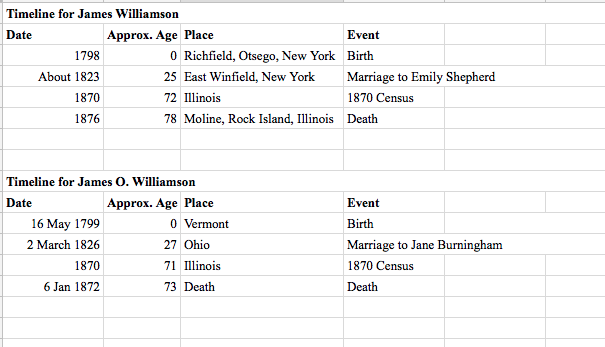
- Creating a timeline to track immigration and migration. If your ancestor emigrated from a different country, it is helpful to create a timeline of their life to note when they left their native land and when they arrived to their destination. This can help you know when to start looking for records in a different country, rather than in the country they were born in.
- Creating a timeline to put your ancestor’s life in historical context. Your ancestor was a real person who was influenced by the events in the world around them. If your ancestor lived in the South during the Civil War, it can be helpful to create a timeline of your ancestor’s life and the events of the Civil War to see what events happened around them and how they may have been influenced by it.
- Creating a timeline as a visual for events in your ancestor’s life. It can be effective to just create a timeline to note the events that took place in your ancestor’s life and see where the events took place and how old they were at the time.
Now that you recognize the situations where a timeline can be helpful, it’s time to get started and make your own. You can create a simple timeline chart using Microsoft Excel or Google Sheets. If you choose to create a timeline this way, be sure to include the basic headings of date, place, and event. I recommend also including a heading of the approximate age of your ancestor at the time the event occurred. I also recommend including a documentation heading, where you can include citations. This will help you recognize where the information for an event came from and help you determine how accurate the information is.
A sample timeline is shown below for Hannah Heaton, born in 1826 in Yorkshire, England. (Click to enlarge the photo.)
Another approach is to use an online database to create your timeline. Some options include:
- Ancestry LifeStory. LifeStory, on the Ancestry site, contains a timeline based on the facts and information that were previously input for the individual on the Profile page. If you enter information for your ancestor on the Ancestry Tree, the timeline will automatically be created for you. For information on using LifeStory, see Project 3: Ancestry Documents, Stories, and Photos in The Family History Guide.
- Knightlab Timeline. The timeline feature on Knightlab.com is free and easy to use. All you have to do is follow the instructions on the website and download a template to your Google drive and input the information into the template. After you generate the timeline, it is presented in a slide show format.
In conclusion, timelines are effective and easy to create. If you have a family history mystery that needs solving, start by creating a timeline and you’ll be surprised by how much it can help you.
For additional resources and information about timelines, visit The Family History Guide, United States, Part A, Goal A2, Choice E: Using histories and timelines effectively.
*Names have been changed for privacy.
Rachel Carter works as an Intern for The Family History Guide Association

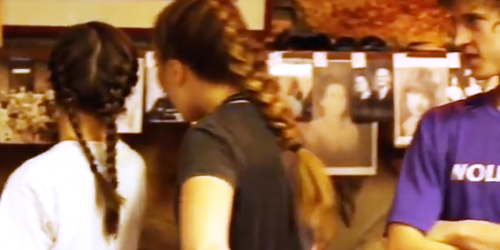
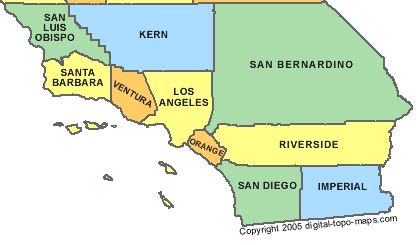

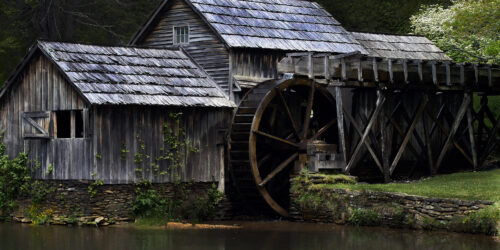
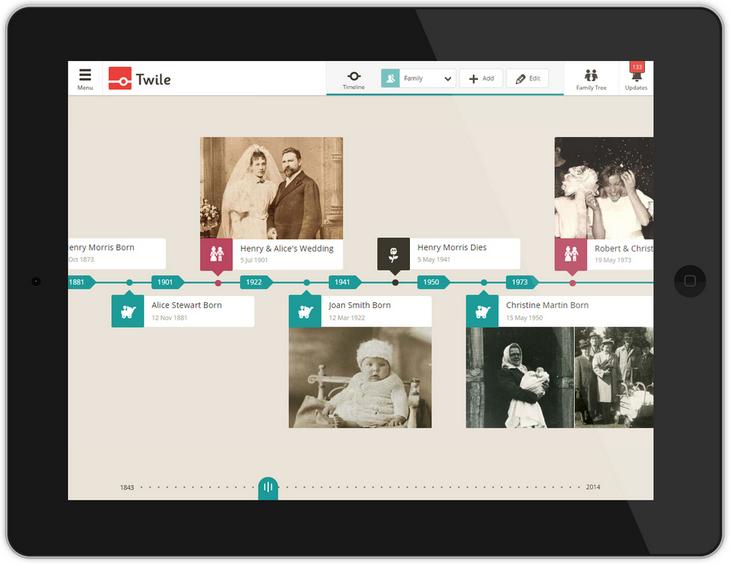
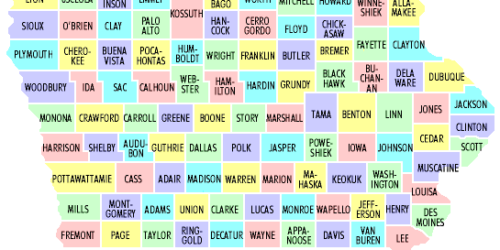
Excellent post, Rachel! Thank you for all this great info for creating timelines. They are one of my favorite family history tools!